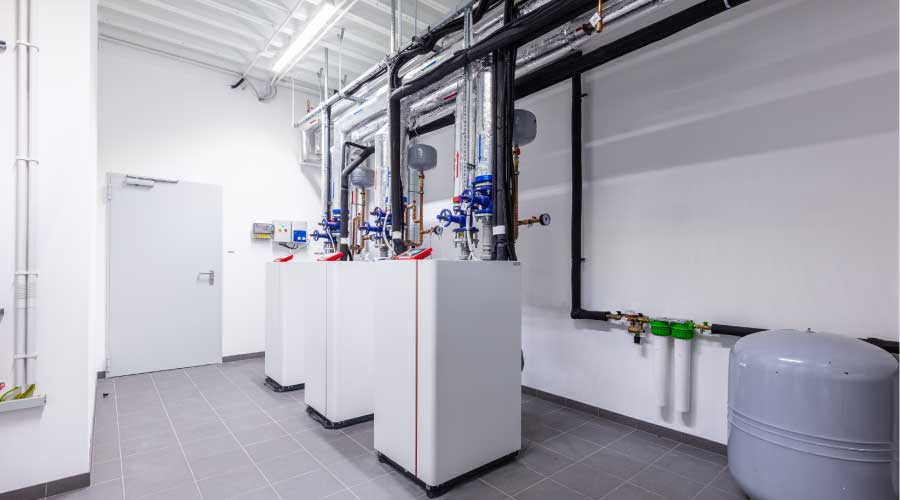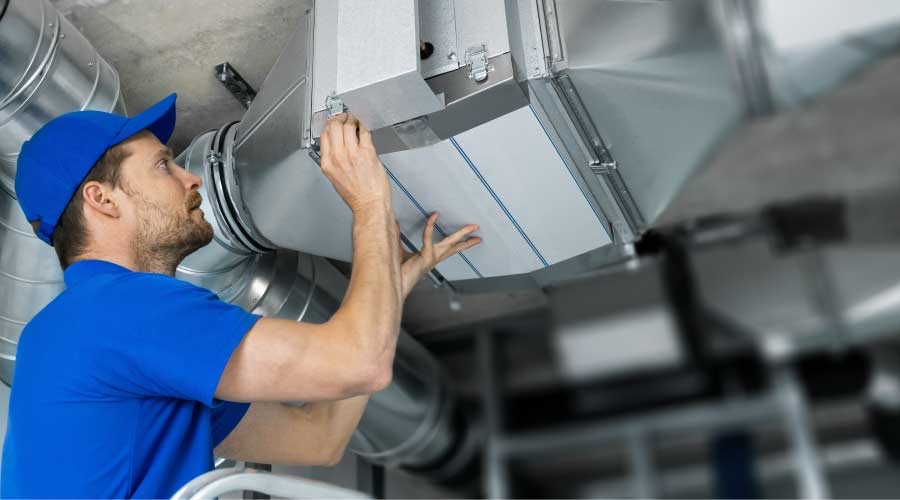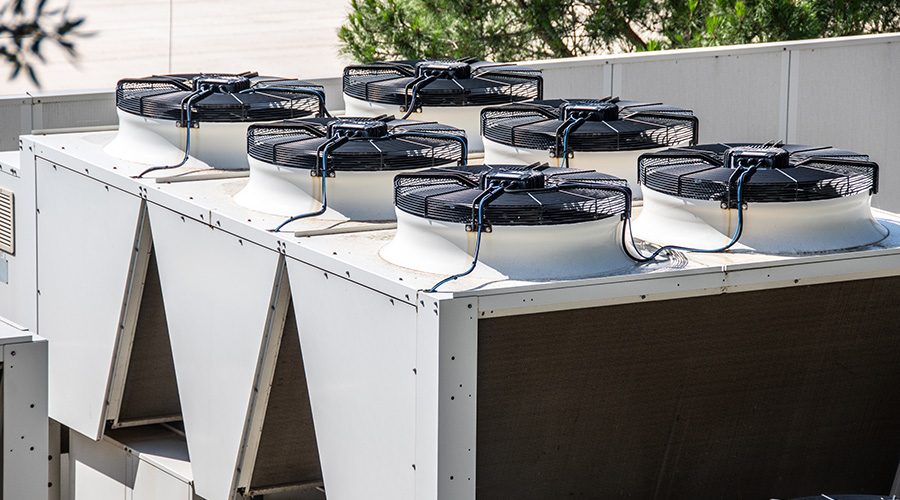How to be Successful When Using Portable Cooling
Critical areas of facilities, including data centers and operating rooms, are top priorities for managers planning for cooling during an emergency.
Many portable cooling units offer optional accessories that can be field installed, even though the unit is portable. These options include: special hot duct flanges; ceiling tile-hose assembly connectors; condensate-return air plenums; condensate pumps; and special filters.
Managers also need to consider a cooling unit’s air filtration specifications. An industrial hygienist can sample the air and recommend the proper filter rating and remediation to minimize remaining pollutants. Filters are specified using a minimum efficiency reporting value (MERV) rating system.
Some common ratings and applications include MERV 1 for carpets and textiles, 10 microns in particulate size and MERV 8 to MERV 20 for smoke and odor as small as 0.3 microns. Some portable coolers have multi-filtering, which is a carbon filter backup with a regular filter covering the whole range.
Managers need to avoid the most serious operations problem with emergency cooling equipment — waiting until an emergency occurs to decide equipment needs. The recommended approach is to pre-plan in order to avoid rushed decisions.
Common mistakes in selecting a portable cooling unit include: oversizing or undersizing the unit; inefficient operation or insufficient cooling and dehumidification; selecting the wrong type of unit for the application or climate conditions, specifying higher than necessary power consumption; selecting an incorrect electrical connection to the equipment; failing to have an emergency power generator on hand, and failing to provide suitable venting.
A more permanent problem can occur when equipment that needs cooling is added to the facility, such as data processing servers and routers. The cooling system capacity is exceeded, causing malfunctions. If a server room or closet is closed off without cooling, the results often include downtime and damage to expensive equipment.
Planning for success
Effectively deploying a cooling unit in an emergency requires managers to know the answers to critical questions before the event occurs:
- What is the expected response time to get the facility back in operation? Usually, the expectation is immediately.
- How many portable cooling units does the facility need compared with the amount budgeted for acquiring them? Managers need to prioritize all the unmet needs, and start filling them, focusing on the most important need first.
- What support is needed for specifying, sizing, locating, delivering, installing and removing rented cooling units?
- Are subject matter experts available to help with planning and emergency response?
- Does the department have a maintenance plan for preparing portable cooling units for storage and quickly returning them to duty?
- Has the organization considered the possibility of renting equipment for a day, week, month or even year? Hurricane recovery, for example, can take over a year.
Managers who are working with outside vendors need to negotiate these issues in advance as part of annual preventive maintenance service to get the desired emergency service quickly.
Two critical portable cooling considerations also can help managers ensure a successful installation and operation:
- Refrigerant. Refrigerant checks ensure the sources of any leaks are repaired and refrigerant is replaced. R410A has replaced R22 in portable cooling units, and it costs about $280 in material and labor to refill. Production and import of R22 has not been allowed since 2020. R22 contains chlorine, which damages the environment and is toxic if leaked. R410A is safe, non-toxic, and non-flammable.
- Location. Evaporative coolers do not need cold water, ice or refrigerant to cool when temperatures are high and can be placed anywhere if they are battery operated. The pads and water tank and fan blades should be cleaned with soap and water bi-weekly to once a month to improve efficiency and prolong life.
Thomas A. Westerkamp is a maintenance and engineering management consultant and president of the work management division of Westerkamp Group LLC.
Related Topics:













